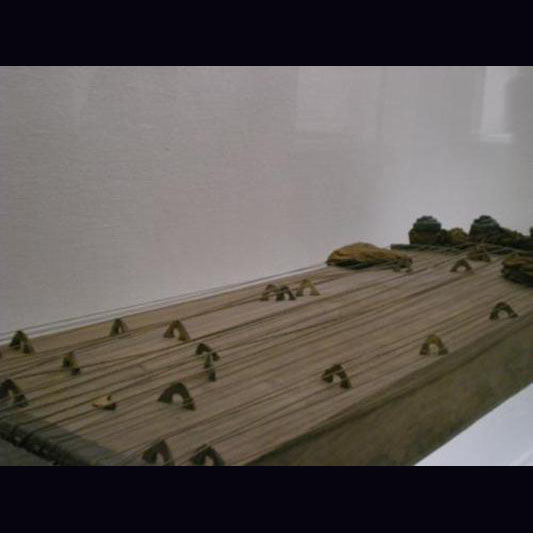se overview
 Se (pinyin: sè), a traditional plucked stringed instrument, is similar in shape to a zheng but slightly wider. Tuned according to the pentatonic mode, it is often used as an accompaniment instrument for the qin, and is often called the qinse together with the guqin. Se has an important position in Chinese culture and is often referred to as the guqin. After the Tang Dynasty, it became a court musical instrument. Although serenity began to decline in modern times, it often appears in ancient classics, such as "Book of Songs", "Book of Rites" and so on. In later generations, there are also idioms such as "jiaozhu drum se", "qin se is good" and so on.
Se (pinyin: sè), a traditional plucked stringed instrument, is similar in shape to a zheng but slightly wider. Tuned according to the pentatonic mode, it is often used as an accompaniment instrument for the qin, and is often called the qinse together with the guqin. Se has an important position in Chinese culture and is often referred to as the guqin. After the Tang Dynasty, it became a court musical instrument. Although serenity began to decline in modern times, it often appears in ancient classics, such as "Book of Songs", "Book of Rites" and so on. In later generations, there are also idioms such as "jiaozhu drum se", "qin se is good" and so on.The shape of the ancient selves is roughly the same. The body is mostly made of whole wood. There is a Changyue Mountain at the head of Se Mian, and three Shortyue Mountains at the end. The end is equipped with four tie-strings. There are corresponding string holes on the outside of the head and tail mountains. There is also a wooden thimble, which is placed under the string. A total of twelve serpents were unearthed from the tomb of Marquis Yi of Zeng, mostly made of beech or catalpa, with a total length of about 150 to 170 cm and a width of about 40 cm. The whole body is painted with lacquer, and the color is bright.
The origin of ser is very long, and it accounts for the largest proportion of the stringed instruments found in archaeology. Its excavation sites are concentrated in Hubei, Hunan and Henan provinces, and most of them are from the Eastern Zhou tombs. In other provinces such as Jiangsu, Anhui, Shandong and Liaoning, only a few sporadic findings were found. It is recorded in the literature that "Paoxi's" was a surrogate.
Legend has it that in the Xia Dynasty, there was already serenity. The word "le" on the oracle bone inscriptions has the word "silk" above it and the word "wood" below it. If you want to use strings, then the generation of ser should be after the emergence of silk. The raw material of the string, at least the technology that can reel the silk can make the string. Before and after the Qin Dynasty, the stringed instruments were the qin and the se.
Another speculation is that musical instruments such as qins and serpents may be related to hunting bowstrings. Of course, the raw materials for bowstrings can also be made from beef tendons or other animal rubber bands. The thickest bass strings in the serr unearthed from the tomb of Marquis Yi of Zeng that we copied in 1984 are beef tendon strings.
Se is one of the earliest stringed instruments in my country. It was very popular in the pre-Qin Dynasty, and it was also very popular in the Han Dynasty. It was often used in the accompaniment of harmony songs in the Southern and Northern Dynasties.
- Pinyin:sè
- Classification:plucked instruments
- origin:Warring States Period
- number of strings:25
- length:About 150 to 170cm
overview of other similar instruments
- sanyanxiao overview
- Daguangxian overview
- Leiqin overview
- hahao overview
- yandundagu overview
- Han Xiaozheng overview
- Fang Xiang overview
- guanzi overview
- zhuqin (Dao Qin) overview
- zhuiqin overview
- bangzi overview
- three-stringed piano overview
- Gehu overview
- xiao overview
- xiaokonghou overview
- Konghou overview
- Sheng overview
- suona overview
- hulusi overview
- gushao overview
 渝公网安备 50010702504639号
渝公网安备 50010702504639号